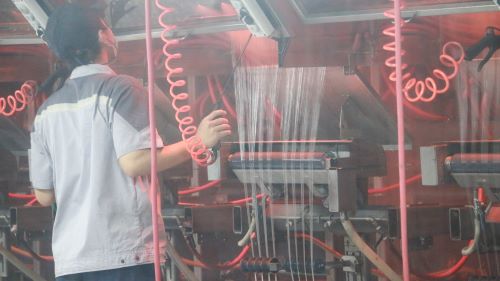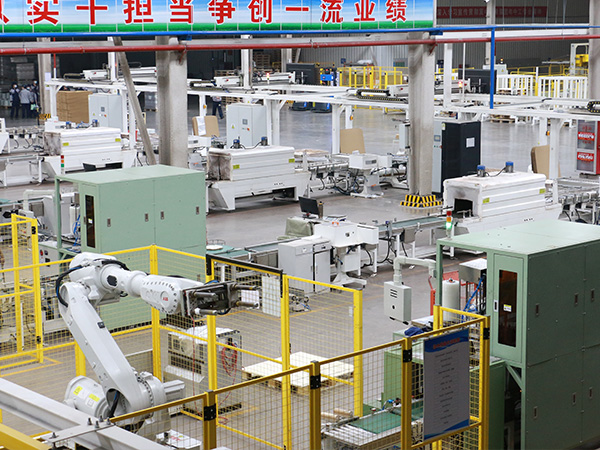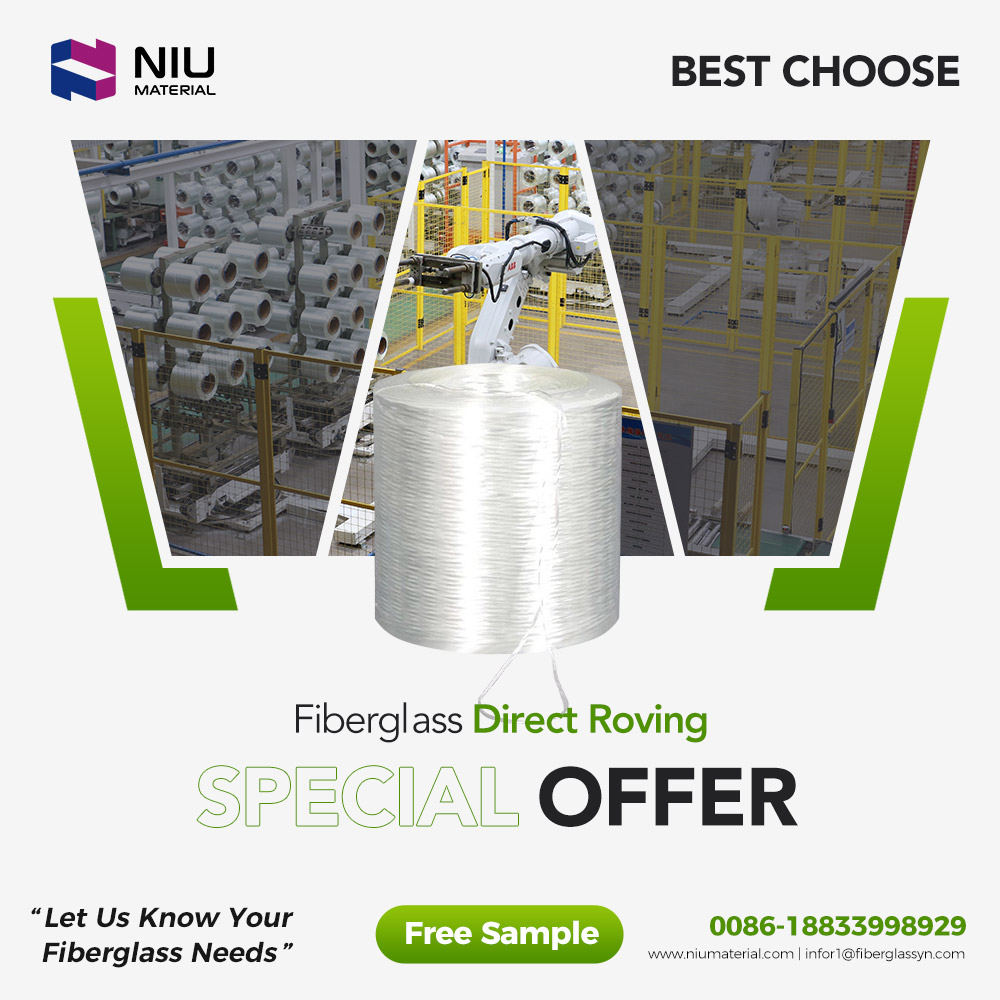Email: info@hdfiberglass.com Whatsapp: +86 15200033566
Views: 8 Author: Site Editor Publish Time: 2023-12-15 Origin: Site








Are you navigating the intricate world of fiberglass materials, seeking clarity on the differences between direct roving and assembled roving? Fear not! Hebei HaiDing Fiberglass Manufacturing Co., Ltd. is here to illuminate the path, delving into the production processes and application domains of these key fiberglass components.
Direct Roving Production: The Straightforward Approach
Direct roving, the stalwart of fiberglass, follows a straightforward production process. It involves the creation of continuous, parallel-aligned fibers from 100% fresh and mineral-based fiberglass. This meticulous process ensures exceptional tensile strength, making direct roving the backbone for various applications.

Assembled Roving Production: Crafting Complexity
Conversely, assembled roving introduces complexity into the production equation. It combines multiple strands of direct roving with a specific sizing agent, enhancing compatibility with resin systems. This infusion of complexity allows for better impregnation during manufacturing, offering versatility and customization in material properties.

Direct Roving: Where Simplicity Meets Strength
Direct roving's simplicity in production translates into strength, making it an ideal choice for applications where raw power is paramount. Processes like filament winding, pultrusion, and weaving benefit from the uniform strength and stiffness that direct roving provides.

Assembled Roving: Crafting Nuanced Solutions
Assembled roving, with its customized fiber combinations, caters to industries requiring nuanced solutions. Whether it's designing intricate composite materials for marine applications, sporting goods, or other specialized uses, assembled roving's adaptability takes center stage.

Selecting between direct roving and assembled roving hinges on the specific requirements of your project.
For Simplicity and Raw Strength: Direct Roving
Direct roving shines in industries like construction, automotive, and aerospace, where simplicity and reliability are paramount. The streamlined production process ensures cost-effectiveness without compromising on quality.
For Customization and Versatility: Assembled Roving
Industries requiring tailored solutions, such as marine applications or the production of specialized sporting goods, find a valuable ally in assembled roving. The ability to customize fiber combinations opens doors to a myriad of possibilities.
How do production complexities impact costs? While direct roving may have a cost advantage due to its straightforward manufacturing, the versatility of assembled roving justifies its slightly higher price, especially for applications demanding customization.
Which industries benefit most from each type? Direct roving finds favor in industries prioritizing simplicity, while assembled roving caters to those requiring intricate designs and specialized material properties.
Understanding the production processes and application domains of direct roving and assembled roving empowers you to navigate the vast landscape of fiberglass materials. Hebei HaiDing Fiberglass Manufacturing Co., Ltd. is your partner in this journey, offering not just products but tailored solutions to elevate your projects. Explore the possibilities, and let fiberglass innovation redefine your applications!
Is it better to choose emulsion or powder for glass fiber chopped strand mat?
Building Stronger Ships: Application Cases And Technical Advantages of Yuniu Chopped Glass Fiber Mat
Yuniu Fiberglass Chopped Strand Mat - Helping Your Project To Success
Corporate Visual Identity of Hebei HaiDing Fiberglass Manufacturing Co., Ltd.
What does the price increase of fiberglass products (chopped strand mat) mean?
Fiberglass Materials for Electrical Insulation and Electronics Applications